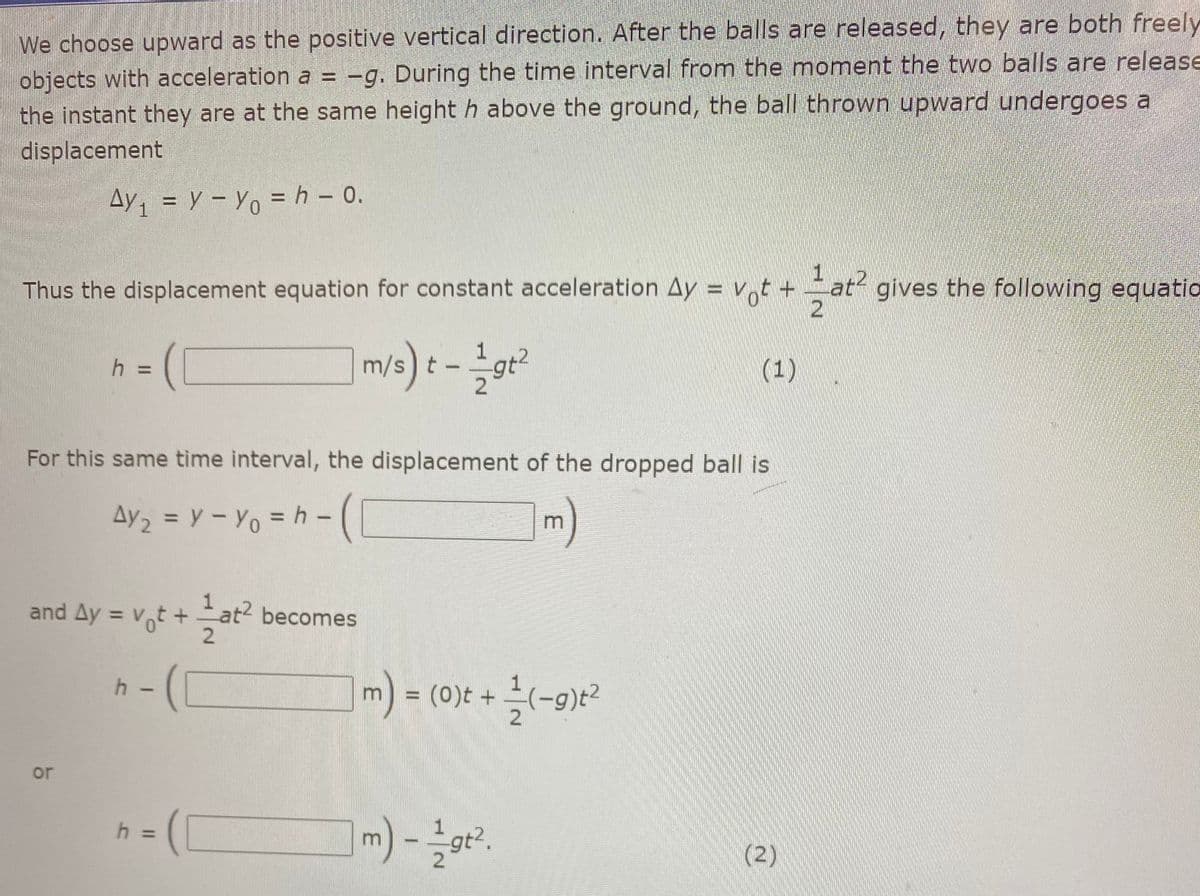A ball is thrown upward from the ground with an initial speed of 17.9 m/s; at the same instant, another ball is dropped from a building 11 m high. After how long will the balls be at the same height?
Displacement, Velocity and Acceleration
In classical mechanics, kinematics deals with the motion of a particle. It deals only with the position, velocity, acceleration, and displacement of a particle. It has no concern about the source of motion.
Linear Displacement
The term "displacement" refers to when something shifts away from its original "location," and "linear" refers to a straight line. As a result, “Linear Displacement” can be described as the movement of an object in a straight line along a single axis, for example, from side to side or up and down. Non-contact sensors such as LVDTs and other linear location sensors can calculate linear displacement. Non-contact sensors such as LVDTs and other linear location sensors can calculate linear displacement. Linear displacement is usually measured in millimeters or inches and may be positive or negative.
This question has several parts that must be completed sequentially
A ball is thrown upward from the ground with an initial speed of 17.9 m/s; at the same instant, another ball is dropped from a building 11 m high. After how long will the balls be at the same height?

Given data:
Initial velocity of ball is v0=17.9 m/s.
Step by step
Solved in 4 steps




